Poisoning Poison Ivy
mrs.wiggley
9 years ago
Related Stories

GROUND COVERSNative Alternatives to English Ivy, Japanese Pachysandra and Periwinkle
These shade-loving ground covers are good for the environment and say something about where you are
Full Story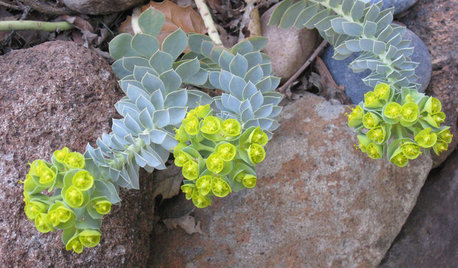
BLUE AND GRAY FOLIAGEGreat Design Plant: Donkey Spurge
Yes, there's the awful name, plus the sap issue. But this plant's foliage and flowers bring something special to Eastern U.S. gardens
Full Story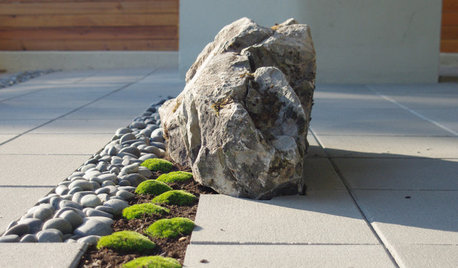
LANDSCAPE DESIGNDare to Mix Things Up in the Landscape
Courageously contrast plantings, materials and structures in your garden to create unexpected beauty and intrigue
Full Story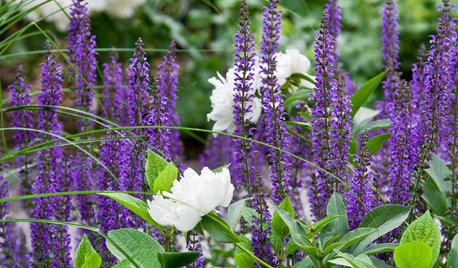
GARDENING AND LANDSCAPINGGarden Tour: Colorful, Serene Woodland Near Boston
Exuberant perennials, outdoor rooms and a surrounding woodland come together to create a beautiful landscape in Massachusetts
Full Story
PETSGarden Alert: 22 Plants to Keep Away From Pets
Avoid potential danger by keeping dogs and cats away from these landscaping and houseplant favorites
Full Story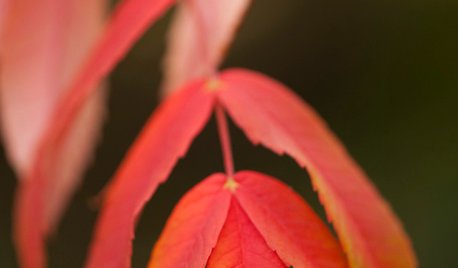
RED FOLIAGEGreat Design Tree: Staghorn Sumac
This fall superstar burns bright red and orange in the landscape — just keep an eye on its spread while you watch the show
Full Story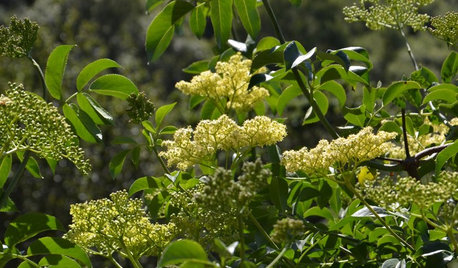
GARDENING GUIDESGreat Design Plant: Sambucus Nigra Caerulea for the Birds
Blue elderberry is a favorite of birds and other wildlife in its native California
Full Story
COLORHot Uses for Red Around the House
Spark some excitement from the front door to the back bedroom by bringing in this sultry, sexy color
Full Story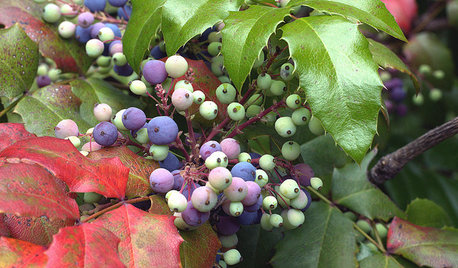
GARDENING GUIDESGreat Design Plant: Mahonia Aquifolium for Birds
Oregon grape puts on a bold spectacle from spring through winter and is ideal to brighten partly shady corners in the U.S. West
Full Story
SHOP HOUZZShop Houzz: Tricks and Treats for Grown-Ups and Kids
Illusions, decor and party accessories for a frightfully fun celebration
Full Story0







whitecap
daninthedirt (USDA 9a, HZ9, CentTX, Sunset z30, Cfa)
Related Professionals
Manhattan Beach Landscape Architects & Landscape Designers · Zion Landscape Architects & Landscape Designers · Salem Landscape Contractors · Cockeysville Landscape Contractors · Concord Landscape Contractors · Fort Worth Landscape Contractors · Gurnee Landscape Contractors · Pacifica Landscape Contractors · Everett Window Contractors · Tucson Window Contractors · Marietta Window Contractors · Brookfield Window Contractors · Marinette Window Contractors · Orlando Window Contractors · Tamarac Window Contractorsmrs.wiggleyOriginal Author
daninthedirt (USDA 9a, HZ9, CentTX, Sunset z30, Cfa)
weldontx
daninthedirt (USDA 9a, HZ9, CentTX, Sunset z30, Cfa)
daninthedirt (USDA 9a, HZ9, CentTX, Sunset z30, Cfa)
whitecap
daninthedirt (USDA 9a, HZ9, CentTX, Sunset z30, Cfa)
mrs.wiggleyOriginal Author
mrs.wiggleyOriginal Author
lazy_gardens
mrs.wiggleyOriginal Author
seamommy
linda_tx8
roselee z8b S.W. Texas
nickcats